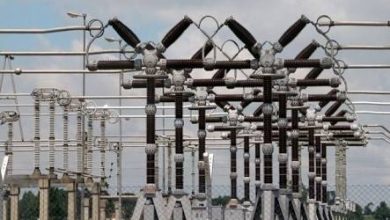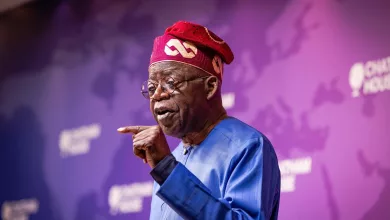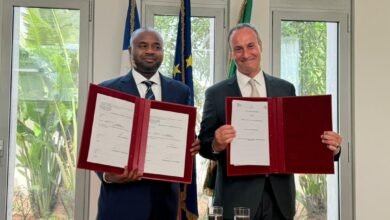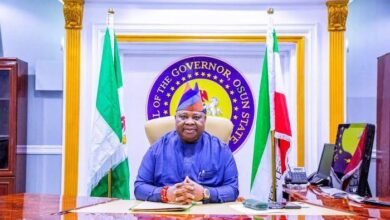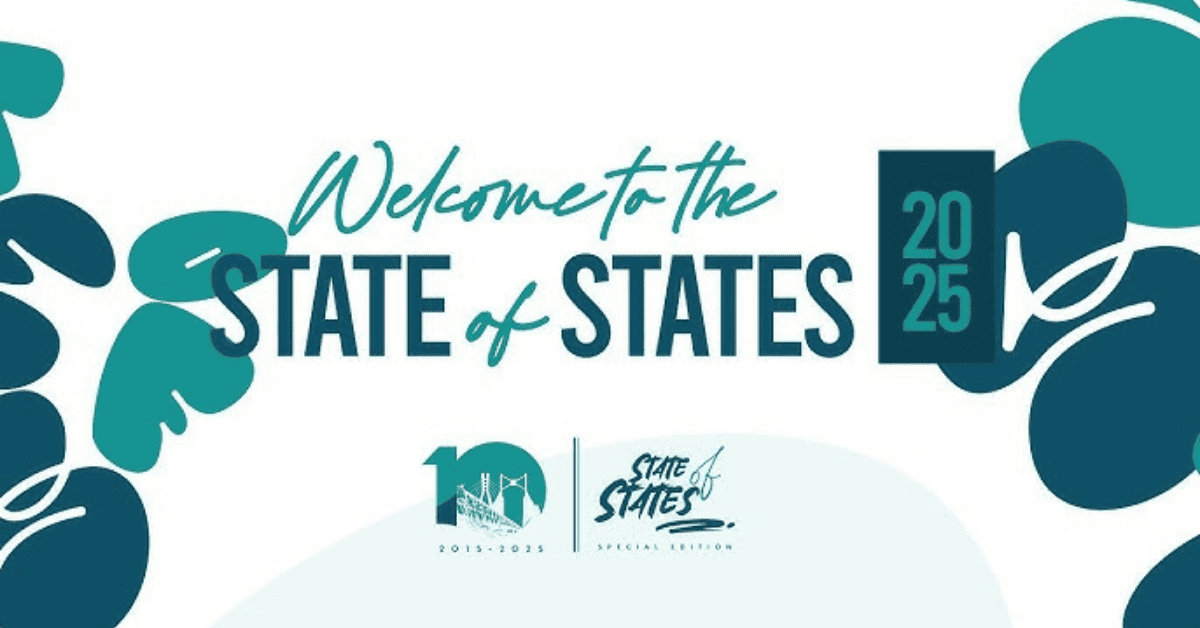
Anambra State has emerged as Nigeria’s best-performing state in the 2025 BudgIT State of States Fiscal Performance Ranking, displacing Lagos and marking a major shift in subnational fiscal sustainability standings.
The annual report, released by BudgIT, Nigeria’s leading civic-tech organisation promoting transparency and accountability, evaluated 35 states’ fiscal performance based on their ability to generate revenue, manage debt, and invest sustainably.
This year’s edition, themed “A Decade of Subnational Fiscal Analysis: Growth, Decline and Middling Performance,” commemorates ten years of BudgIT’s subnational fiscal review, providing insights into states’ financial resilience, expenditure priorities, and developmental focus.
Top Performers
According to the report, Anambra, Lagos, Kwara, Abia, and Edo ranked as the top five fiscally sustainable states in 2025. Rivers State, which has consistently featured in the top five for five years, was excluded this year due to the unavailability of fiscal data following a state of emergency declared earlier in the year.
Anambra rose from second place in 2024 to first in 2025, while Lagos retained its second position. Kwara climbed from fourth to third, Edo made its debut in the top five after several years in the top ten, and Abia entered the elite list for the first time.
Meanwhile, Akwa Ibom surged 17 spots from 27th to 10th, and Zamfara moved from 26th to 17th. At the lower end of the ranking, Imo, Kogi, Jigawa, Benue, and Yobe occupied the bottom positions, with Cross River suffering the steepest decline — dropping from 5th place in 2024 to 30th in 2025.
Fiscal Sustainability
The 2025 analysis retained BudgIT’s five key metrics: a state’s ability to fund operating expenses with internally generated revenue (IGR), year-on-year IGR growth, capacity to cover all expenses and debt repayment without borrowing, debt sustainability, and prioritization of capital over recurrent spending.
The report highlights mixed progress across fiscal indicators. Lagos remained the only state capable of funding over 100% of its operating expenses through IGR, with a 120.87% ratio, followed by Enugu at 146.68%. Abia, Anambra, Kwara, Ogun, and Edo also performed strongly, each funding at least half of their expenses through IGR. However, 28 states continued to rely heavily on federal allocations.
States Still Reliant on FAAC
The report showed that FAAC allocations to states rose sharply — from ₦5.4 trillion in 2023 to ₦11.38 trillion in 2024 — representing a 110.7% increase. Despite this growth, 28 states relied on FAAC for at least 55% of their income, and 21 states depended on it for over 70%.
Internally generated revenues varied sharply across states over the last decade. Lagos averaged ₦541.35 billion, followed by Ogun (₦92.76bn), Delta (₦74.45bn), and Kaduna (₦44.82bn). States like Adamawa, Gombe, Taraba, Kebbi, and Yobe averaged less than ₦10 billion annually.
In terms of growth, Enugu (381.4%), Bayelsa (173.7%), Abia (129.4%), Osun (98.4%), and Kano (85.9%) recorded the highest year-on-year IGR increases.
Capital Spending Surges to Record High
The report observed a strong shift towards capital investments at the subnational level. Total state expenditure rose to ₦15.63 trillion in 2024, up 64.7% from ₦9.49 trillion in 2023.
Capital spending surged by 87.9%, reaching ₦7.63 trillion and surpassing recurrent expenditure by over ₦1 trillion — a first in the decade-long report series. Abia State led all states in capital expenditure, allocating 77% of its total spending to development projects, followed by Anambra, Enugu, Ebonyi, and Taraba, which each spent over 70% on capital projects.
In contrast, Bauchi, Ekiti, Delta, Benue, Oyo, and Ogun allocated more than 60% of their budgets to personnel and overhead costs, reflecting differing fiscal priorities
Education and Health Spending
The report found that subnational governments budgeted ₦2.41 trillion for education in 2024 but spent only ₦1.61 trillion, achieving 66.9% implementation. Edo, Delta, Katsina, Rivers, Yobe, Ekiti, Bayelsa, Bauchi, and Osun exceeded 80% of their education budget performance, with Edo, Delta, and Katsina surpassing 100%.
In health, states budgeted ₦1.32 trillion but spent ₦816.64 billion, reflecting a 61.9% implementation rate. Yobe, Gombe, Ekiti, Lagos, Edo, Delta, and Bauchi achieved over 80% execution, with Yobe leading at 98.2%.
Average per capita spending remained low — ₦6,981 for education and ₦3,483 for health — underscoring persistent gaps in service delivery.
Conclusion
BudgIT concluded that while fiscal reforms are yielding progress, especially in infrastructure and IGR performance. Dependence on federal allocations continues to limit fiscal autonomy and sustainability.
The organisation urged governors to “embrace fiscal innovation, expand tax bases, and strengthen local governance frameworks” to achieve balanced development.
“After a decade of consistent analysis, it’s clear that progress happens when states combine fiscal prudence with innovation,” BudgIT stated. “Nigeria’s subnational future depends on how well states translate fiscal discipline into improved social outcomes.”

